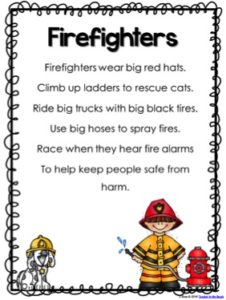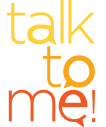People have been using wheels for thousands of years for transporting heavy objects by road. On a bicycle, we have to push the pedals to move gears and a chain to get the wheels to move. Horses or bullocks pull carts to transport produce or people.
Trains were powered by steam. Car and bus engines are powered by petrol or electricity.
With advancements in technology, wheels have become strong and long lasting. The best wheels are fitted on fire engines and ambulances as they must always be ready to go. The sturdiest wheels are on planes and spacecraft for takeoff and landing.
Do you remember the last time you saw the flashing lights and heard the wailing siren to warn vehicles to get out of the way? There is a fire or someone needs help, and they need to hurry.
A) Questions:
1. Name five different modes of transport.
2. Which mode of transport do you generally use?
3. How did most people travel a long time ago?
4. How do you stay safe on a bicycle?
5. How can pedestrians be careful?
6. Your sister has a new bicycle. Imagine that you are teaching her the traffic rules. What would you tell her?
7. What are the biggest dangers on the roads in your town?
B) Make sentences with the following: alert, mobile phone, seat belt, traffic, speed, accident, injury.
C) Action Verbs: Fill in the blanks with the present tense of the verb in brackets.
Example: My father ____ a truck. (To drive)
My father drives a truck.
1. I ____ a motorcycle to work. (To ride)
2. My brother____ in the park every day. (To run)
3. He ____ to work in Nehru Place. (To go)
4. He ____ the Metro to Rajiv Chowk. (To take)
5. I ____ my car to Sarojini Nagar. (To drive)
6. My friend, Aman, ____ a taxi. (To drive)
7. We____ bicycles to the market. (To ride)
8. My mother ____ from the metro station to her office. (To walk)
9. The door is closed. I _____ it open. (To push)
10. The donkey____ the cart. (To pull)

Revised July 2020
Audio courtesy Tara Kriplani:
